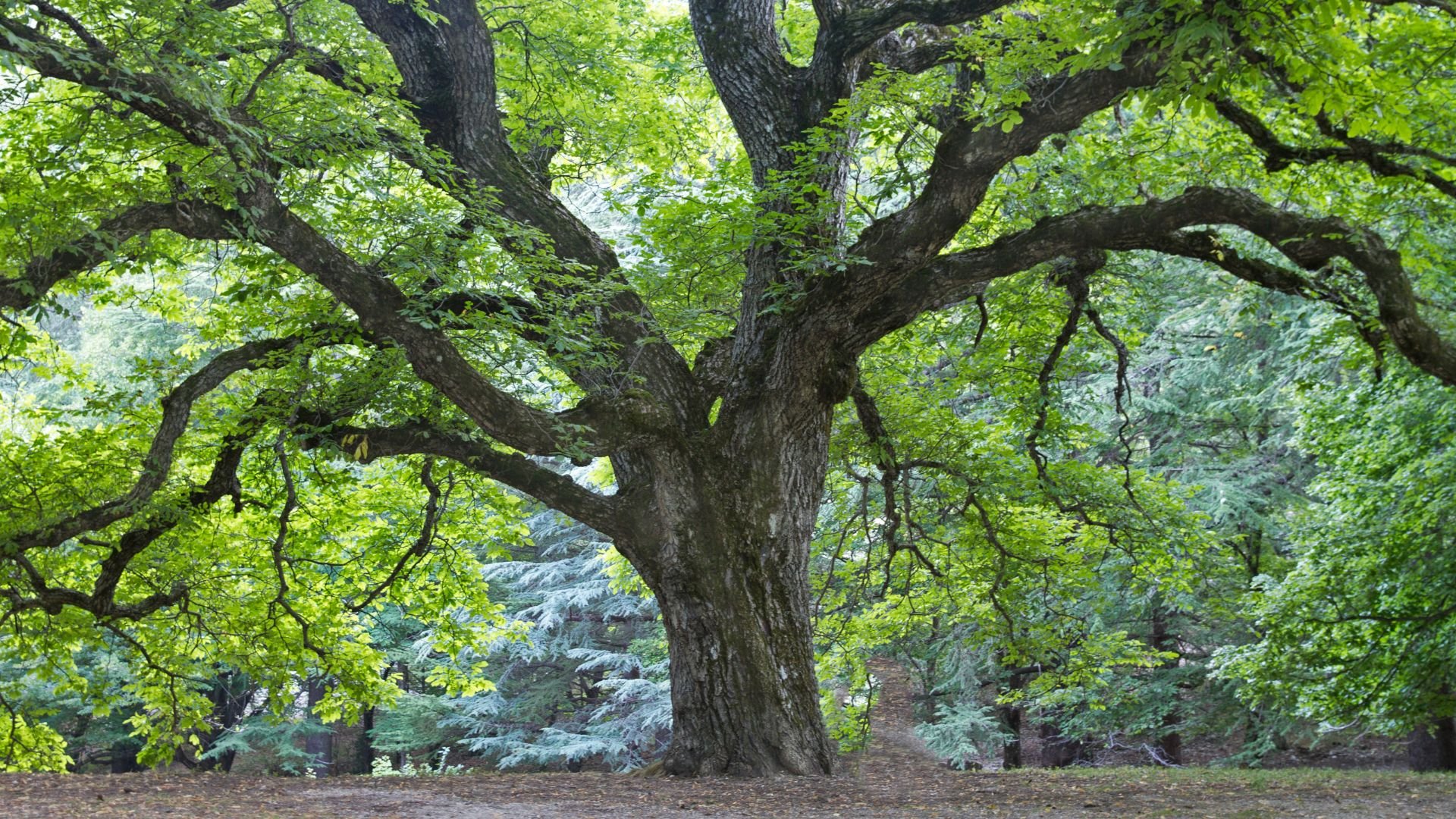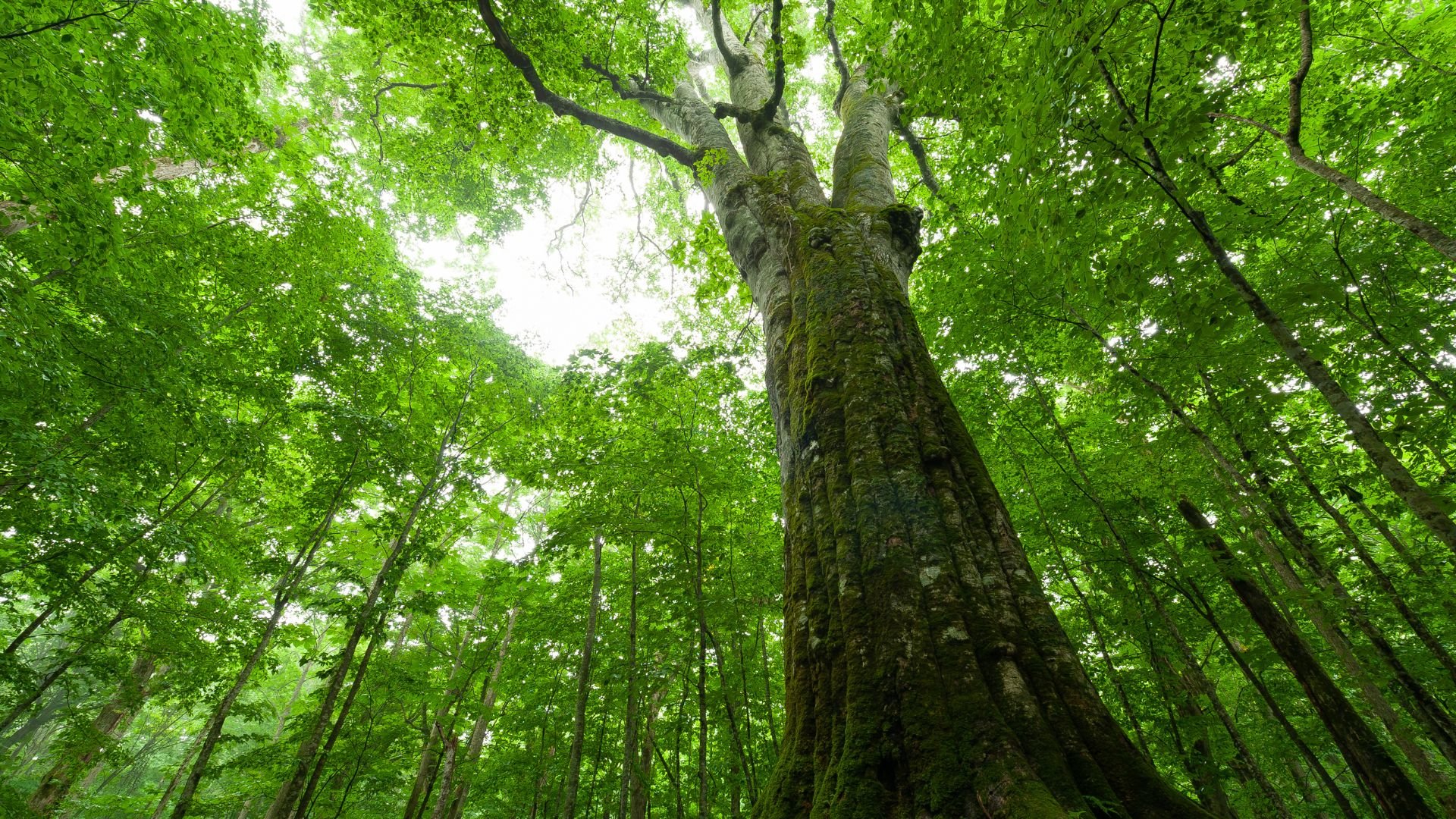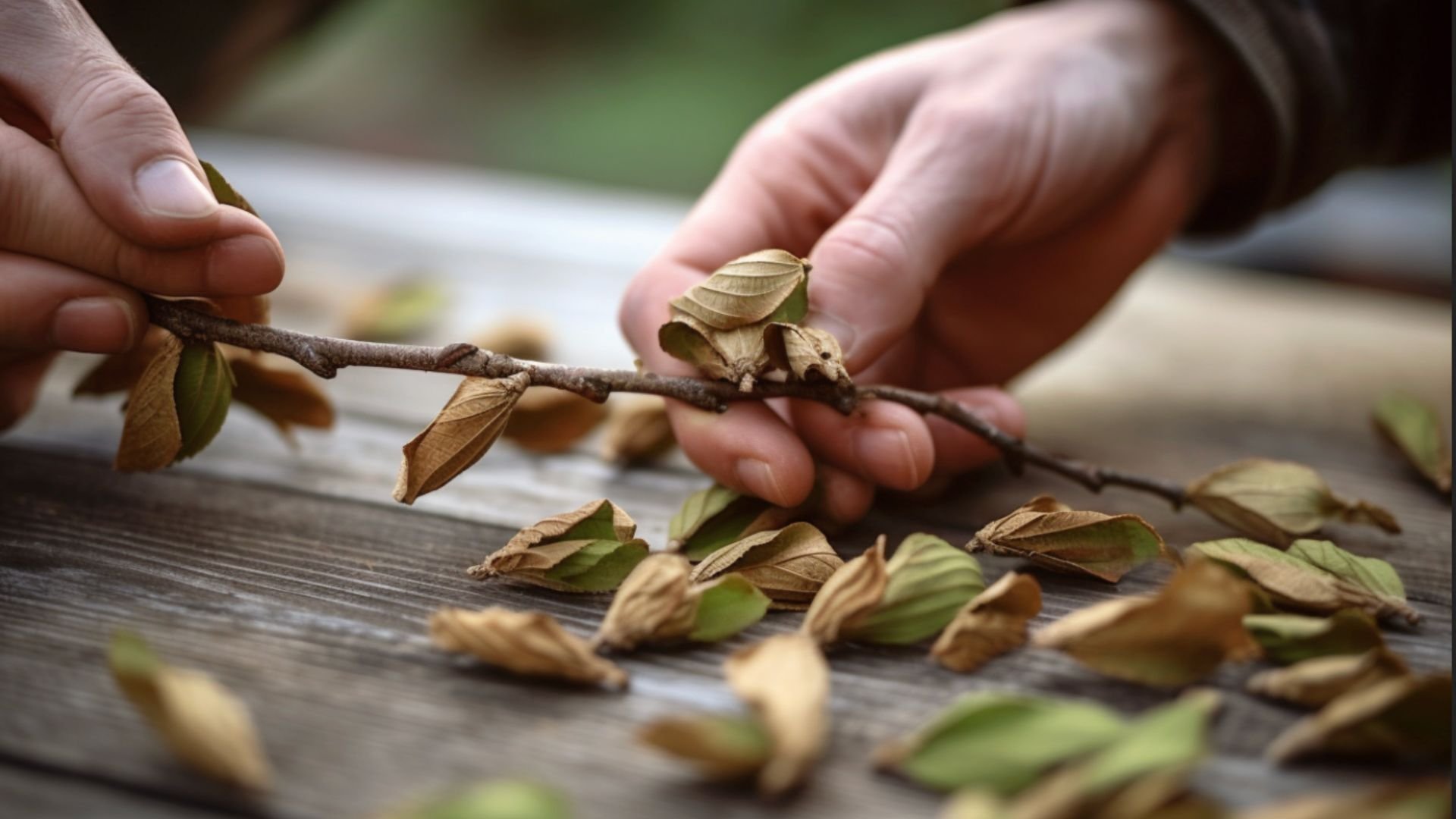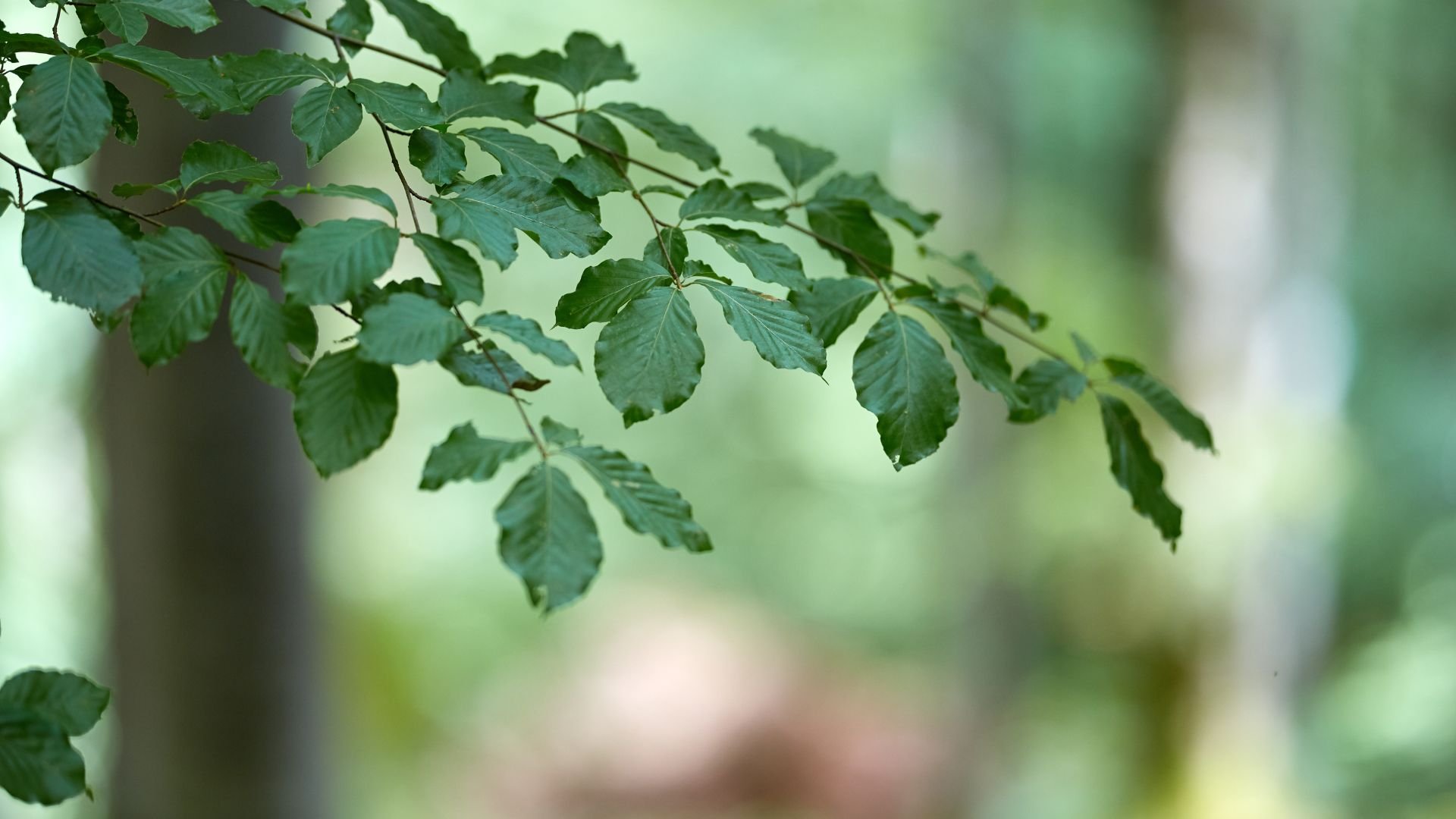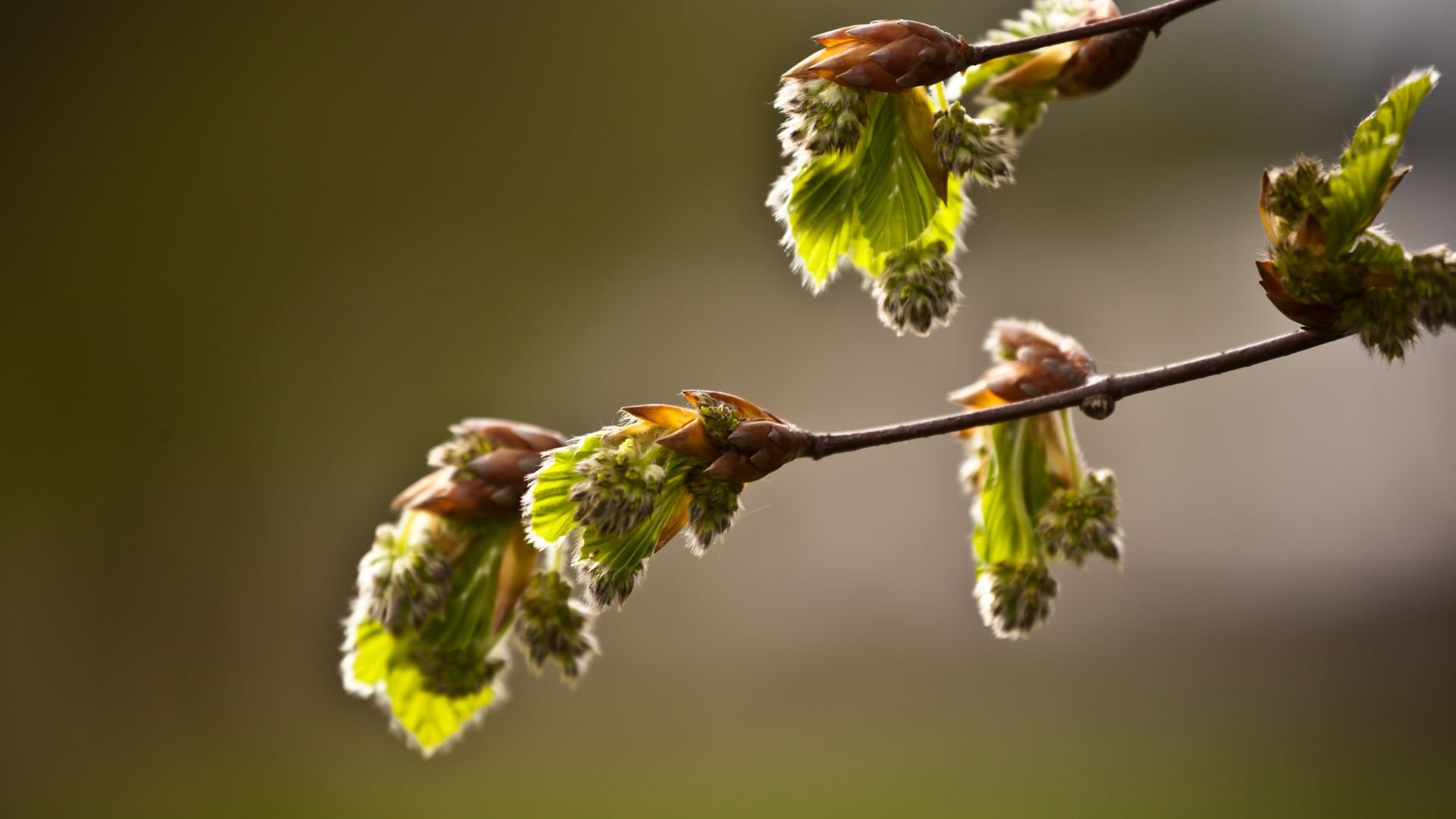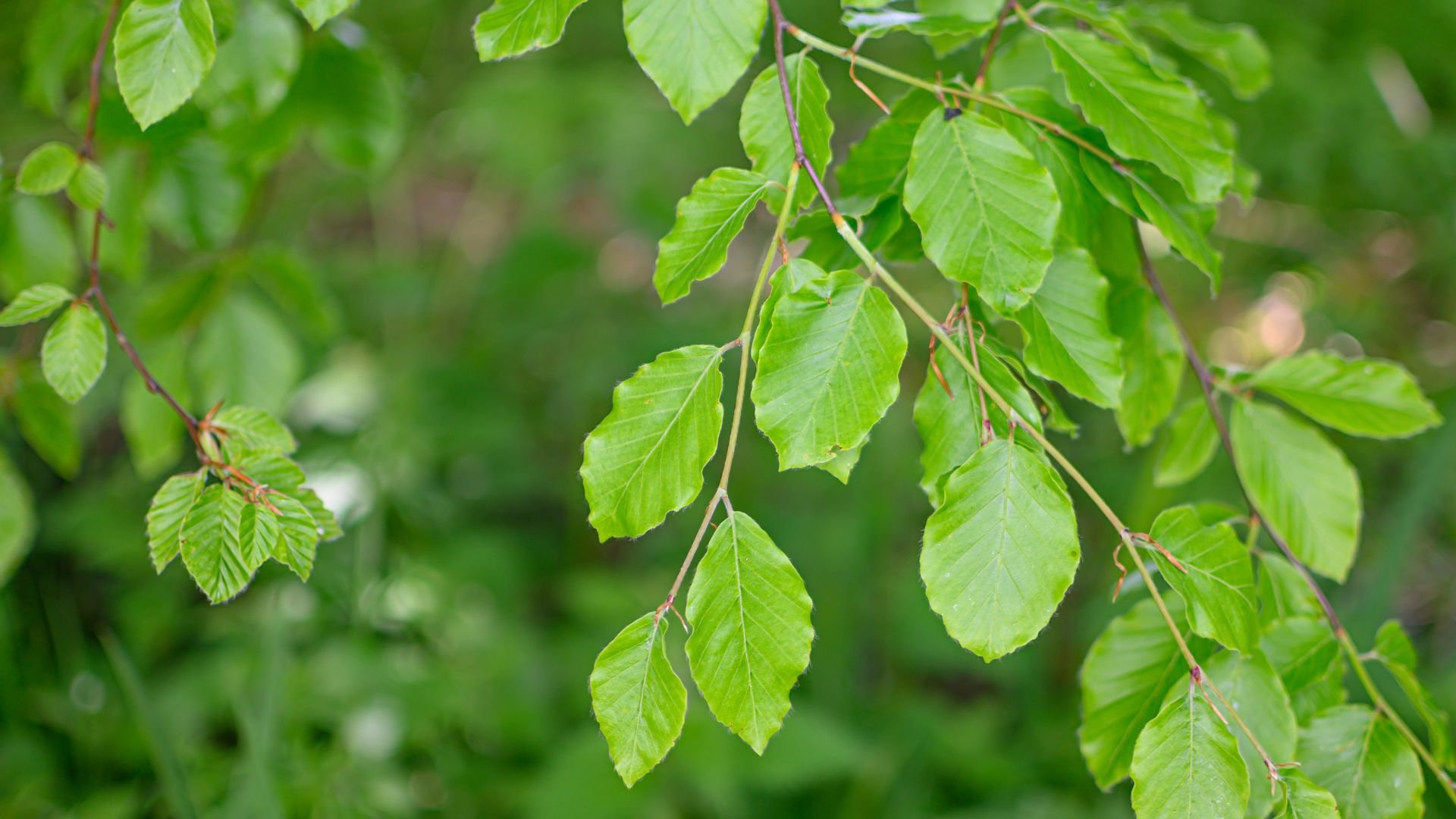The powerful extract of the beech tree bud (Fagus sylvatica) found in Ageless La Cure’s firming Eye Serum is created from naturally fallen buds which occur at a precise point in the more than 200-year-old life of the beech tree. The beech tree, native to temperate Europe, Asia, and North America, is also known as the 'Tree of Everlasting Youth.’ Understanding the botanical aspects of beech assists us to understand why its extracts promote cell renewal and youth. This article primarily focuses on the extract of the beech bud only.
Partake of the mystique of quantum energetic formulated plant-based skincare for your exalted natural bxeauty and well-being. Subscribe for a discount promo code, plus get truly unique holistic beauty tips and offers.
The beech tree is a member of the Fagaceae family which includes oak and chestnut trees. Embodying strength and elegance, the height of this deciduous tree can exceed 115 feet. It reaches maturity at 60 years and can live up to two and half centuries. The beech tree can continue to grow almost all its long life and is able to prevail very well against all other species.
Beech tree actually shares its longevity genes with you when you use Firming Eye Serum. This is the science of nutrigenomics in action: the interaction of nutrition and genes, especially with regard to the prevention or treatment of disease and degeneration.
Taking this concept one step further, the relatively new understanding of a principle called xenohormesis asserts that certain molecules in plants when shared with the human body can have significant health- and longevity-enhancing effects that could possibly turn out to surpass anything current pharmaceuticals can achieve.
The skin is the largest organ of the body and it absorbs more than 60% of what we put on it. The ingredients of our skincare penetrate the body and join the bloodstream either nourishing or toxifying not just skin but body. It’s common sense that nutrigenomics and xenohormesis also apply to the ‘nutrition’ we topically provide to the skin and that beech tree bud extract has the potential to share its coded energetic, survival and longevity information with your genes. (Read our more exhaustive blog on the topics of nutrigenomics and xenohormesis here.)
The buds of the beech tree are highly energetic. This means they are full of alive vibrational potency. They can produce an abundance of plant material (leaves) as large as a 14-inch stem producing close to a dozen leaves. The buds grow alternately, one at a joint (not in pairs), on the twigs. Each bud is naturally arranged to ensure that every leaf that sprouts from it gets the maximum amount of sunlight.
It is because of this intense energy of growth and strength that its extract increases activity of skin cells.
Beech tree bud extract contains hydroxyproline(1) that helps build collagen and elastin in the skin. In fact, beech tree buds’ hydroxyproline content is the primary reason for harvesting the buds for use in skincare.
The extract is vitamin-rich and contains powerful plant growth hormones. These hormones assist in active cell turnover and help to reduce wrinkles and fine lines which is why beech tree bud extract was chosen to be a unique ingredient in firming Eye Serum. The extract of beech tree buds improves cellular oxygen consumption and the synthesis of keratinocyte protein which strengthens the architecture of the epidermis.
Beech tree bud extract is found to perform equally as well, if not better than, niacinamide, a form of vitamin B3 and cell repair antioxidant that has the potential to improve an array of skin concerns including acne and hyperpigmentation. This is not to infer that beech tree bud extract contains vitamin B3. It does not but it provides very similar skin repair actions to those of the vitamin.
Beech tree bud extract:
improves cutaneous moisturization and is especially good for thirsty skin;
helps prevent wrinkles and fine lines;
reduces the depth of fine lines;
revitalizes skin by boosting protein synthesis;
firms and tones the skin by strengthening the epidermal structure;
oxygenates the body and skin and fights free radicals critical for health and the natural slowing of aging;
stimulates cell oxygen consumption increasing oxygen uptake (+71%);(2)
soothes inflamed skin;
inhibits the buildup of dead skin cells.
The famed youth-promoting buds are harvested for their intense concentration of polyphenols,(3) amino acids, and other primary metabolites (substances necessary for metabolism) that will enhance the effects of the extract.
The high energy actives, flavonoids(4) and peptides(5) found in the extract, are the key elements responsible for improving the epidermal structure of the skin that results in firmer, younger skin that presents a more even texture.
Beech tree bud extract also, and just as importantly as all of the above, has a large glutathione content. This antioxidant is a major part of the tree’s own defense mechanism. Glutathione is a master antioxidant and an ancient metabolite able to perform modern tasks in the body. (Antioxidants are responsible for fighting free radicals in the body that cause premature aging.) Glutathione is generally produced by the body, however its production does decrease with age. The beech tree’s gift of glutathione can be an important adjunct to your age-mitigating strategy.
#####
Endnotes:
(1) A metabolite of proline both of which are unique amino acids and comprise approximately one-third of collagen protein in the body.
(2) One beech tree alone can provide enough oxygen for 10 people for one year.
(3) Polyphenols are naturally occurring compounds found largely in the fruits, vegetables, cereals and beverages. They are secondary metabolites (substance necessary for metabolism) of plants and are generally involved in defense against ultraviolet radiation or aggression by pathogens
(4) Phytonutrients (plant chemicals) found in all vegetation.
(5) Naturally occurring biological molecules found in all living organisms and playing a key role in all manner of biological activity.
Sources:
Wohlleben, Peter. Hidden Life of Trees: What They Feel, How They Communicate: Discoveries from a Secret World. Greystone Books, 2018.
Pandey, Kanti Bhooshan, and Syed Ibrahim Rizvi. “Plant Polyphenols as Dietary Antioxidants in Human Health and Disease.” Oxidative Medicine and Cellular Longevity, Landes Bioscience, 2009, www.ncbi.nlm.nih.gov/pmc/articles/PMC2835915/.
Wu, Guoyao, et al. “Proline and Hydroxyproline Metabolism: Implications for Animal and Human Nutrition.” Amino Acids, U.S. National Library of Medicine, Apr. 2011, www.ncbi.nlm.nih.gov/pmc/articles/PMC3773366/.


